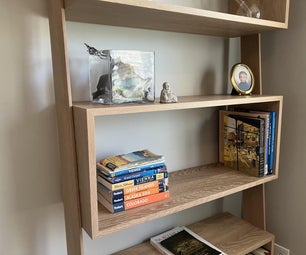Introduction: Flashlight Method for Sharpening Knives. Brico, Guide D'affutage. Afilar Cuchillos Con Una Linterna
This is a modification to the method I devised for honing chisels and planes, so that it can now be used to sharpen knives.
Il s'agit d'une modification de la méthode que j'ai conçu pour aiguiser les ciseaux et les rabots, de sorte qu'elle peut maintenant être utilisée pour aiguiser les couteaux.
Esta es una modificación del método que diseñé para el bruñido de cinceles y cepillos de carpintero, de manera que ahora se puede utilizar para afilar cuchillos.













